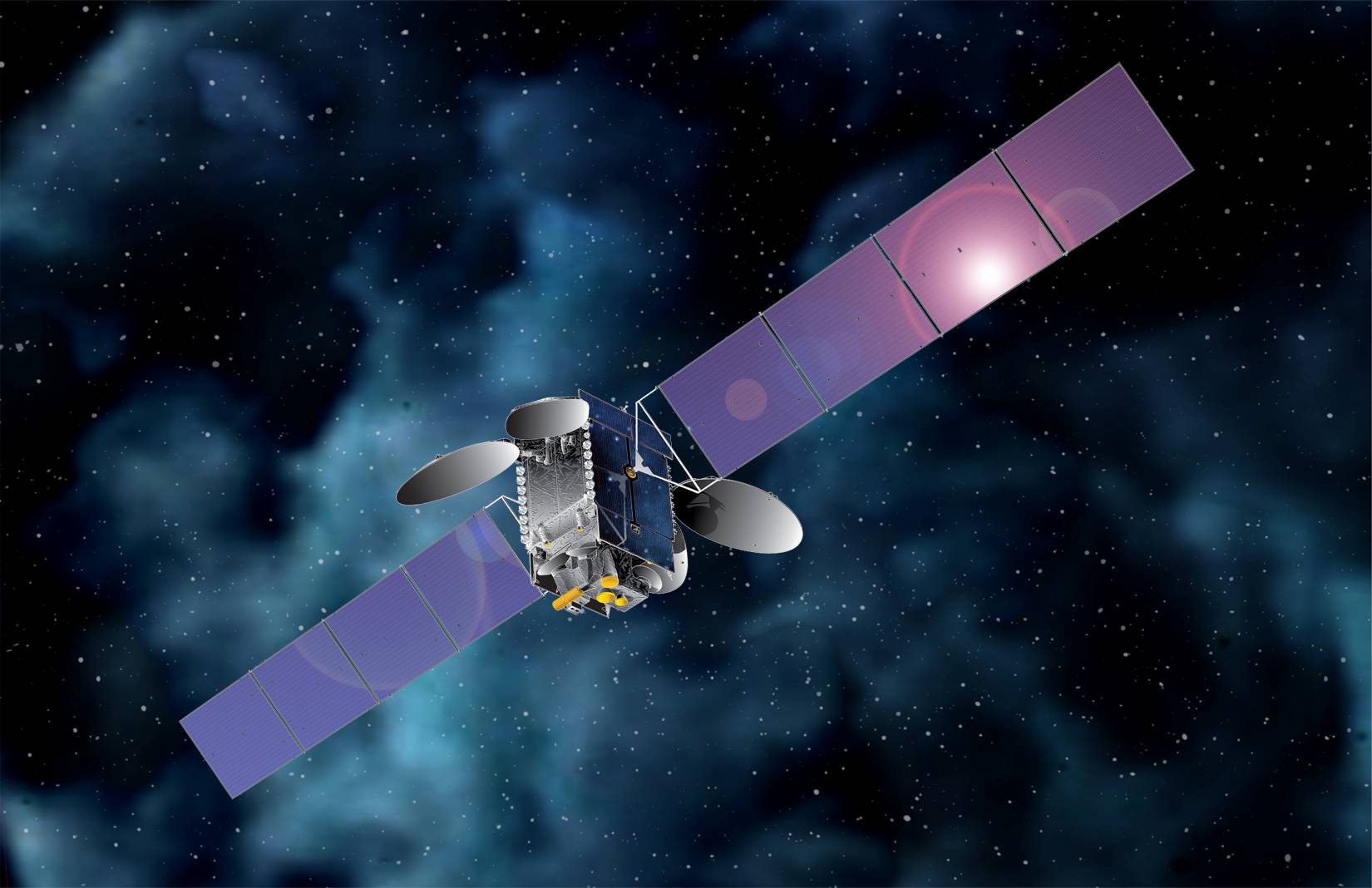
Updated 1:45 p.m. Eastern June 23.
WASHINGTON — Citing a long-term drought in satellite orders, Space Systems Loral has laid off a number of employees at its California satellite manufacturing facility, the company confirmed June 22.
In a statement to SpaceNews, SSL President John Celli said an “extended slowdown” in orders for geostationary orbit communications satellites led the company to this round of layoffs.
“We have seen an extended slowdown in orders for GEO satellites across the industry,” he said. “With fewer satellites coming into the factory we have to make reductions to remain competitive.”
Company spokesperson Wendy Lewis said SSL was not disclosing the number of people laid off. A source familiar with the layoffs said about eight percent of the company’s workforce was affected, which would be on the order of 200 employees.
“We continue to have a team of more than 2,000 in Palo Alto, and have carefully planned in order to meet all our customer commitments and to be prepared for new contract awards,” Celli said in his statement.
SSL has not announced an order for a commercial geostationary communications satellite since July 2016, when it said it would build two satellites for SiriusXM to replace existing spacecraft providing satellite radio services for North America.
In a statement to SpaceNews June 23, Howard Lance, chief executive of SSL’s parent company, MacDonald, Dettwiler and Associates (MDA), noted lack of demand across the industry for GEO satellites. “The GEO satellite business continues to be soft as operators review various technical alternatives to serve the future needs of their customers,” he said. “As we previously reported, we expect to see orders improve in the second half of 2017.”
Other satellite manufacturers have also reported weak demand for commercial GEO satellites. “Last year, there were 14 new geosynchronous satellites purchased,” Dave Thompson, president and chief executive of Orbital ATK, said in a May 11 earnings call about the company’s quarterly financial results. “And at this point, my crystal ball for 2017 is somewhere in the 12 to 14 satellites, so not better than last year.” He added he hoped for a rebound in orders in 2018 or 2019.
Boeing offered a similar assessment in March, forecasting between 13 and 17 commercial GEO satellite orders in 2017. “We hoped it would have picked up by now, but we are not seeing it,” Dawn Harms, Boeing Satellite Systems International vice president for global sales and marketing, said at a media briefing during the Satellite 2017 conference.
SSL, which in the past has relied almost exclusively on commercial GEO satellite business, has diversified in the last year, seeking more government business. The company won awards from NASA and DARPA for two separate satellite servicing programs, Restore-L and Robotic Servicing of Geosynchronous Satellites (RSGS), respectively. SSL is also the prime contractor for NASA’s Psyche asteroid mission, selected as part of the agency’s latest Discovery program competition in January.
Lance cited that diversification effort, including plans to develop commercial imaging satellites for DigitalGlobe, which MDA is acquiring. “Our U.S. Access Plan is allowing us to now bid and successfully win U.S. Government satellites and related spacecraft programs,” he said. “And, we expect to build the next-generation advanced earth observation satellites for DigitalGlobe.”
Even some of this government business is in jeopardy, however. As part of NASA’s fiscal year 2018 budget proposal, the agency announced it would restructure the Restore-L program. Restore-L, which received $130 million in the final 2017 appropriations bill, would receive no funding in 2018, with that work transitioned to a satellite servicing technology development program funded at $45 million in the request.
June 23 statement from MDA CEO Howard Lance:
“The GEO satellite business continues to be soft as operators review various technical alternatives to serve the future needs of their customers. As we previously reported, we expect to see orders improve in the second half of 2017. We have taken multiple actions to diversify the SSL business into other markets, including becoming a leading small sat provider for both earth observation and communications constellations. Our U.S. Access Plan is allowing us to now bid and successfully win U.S. Government satellites and related spacecraft programs. And, we expect to build the next-generation advanced earth observation satellites for DigitalGlobe. SSL is very well positioned to maintain its strong leadership position in the global satellite markets going forward.”
Related
ncG1vNJzZmiroJawprrEsKpnm5%2BifK2twqRkqJ5dqK61sculoK2dXaS%2FpbHRrGStqpmctKa%2B0majmrGfm7O0ecCtZKyokZiybr%2FYrKuepaNiubC%2BwKVm